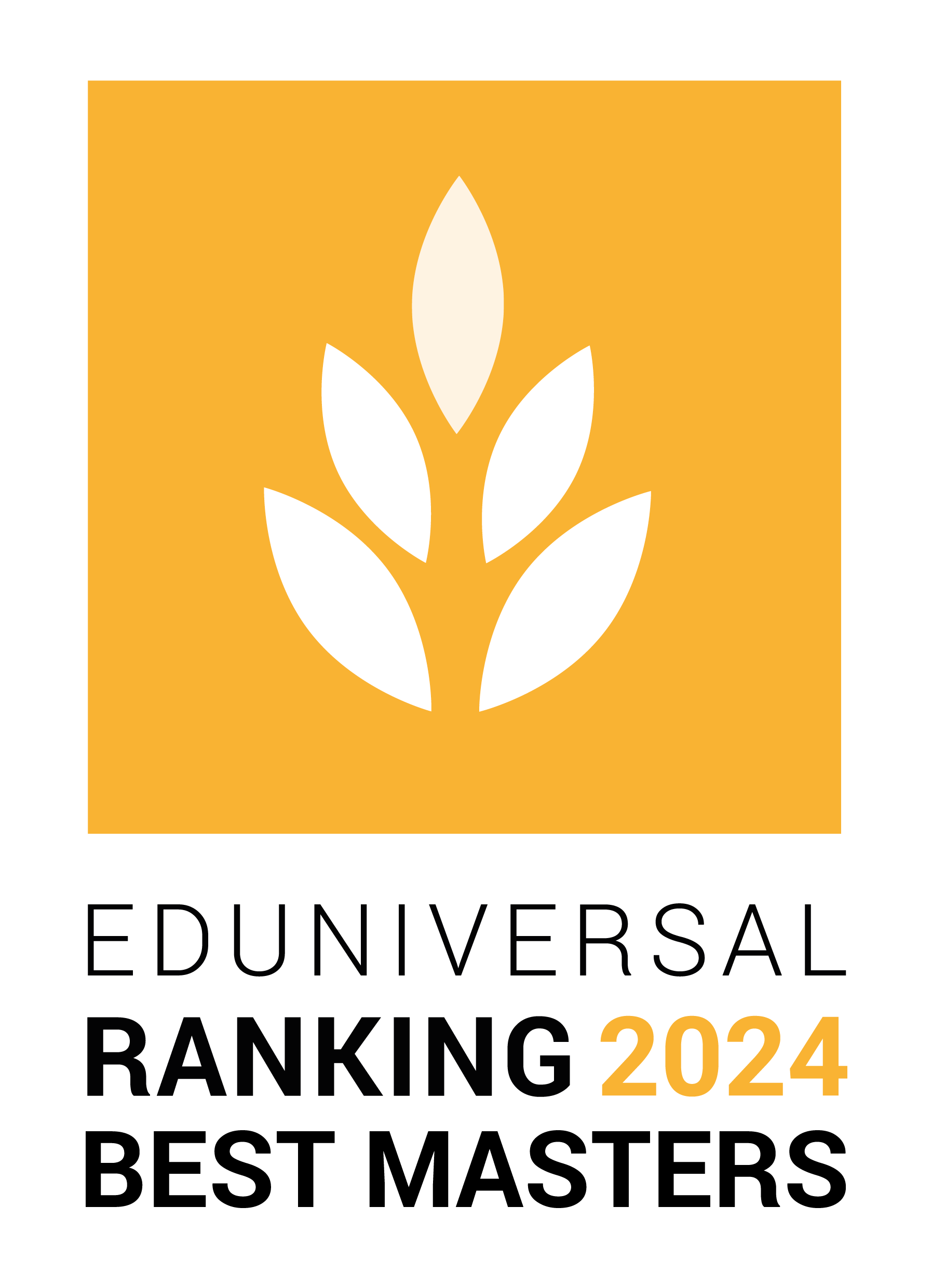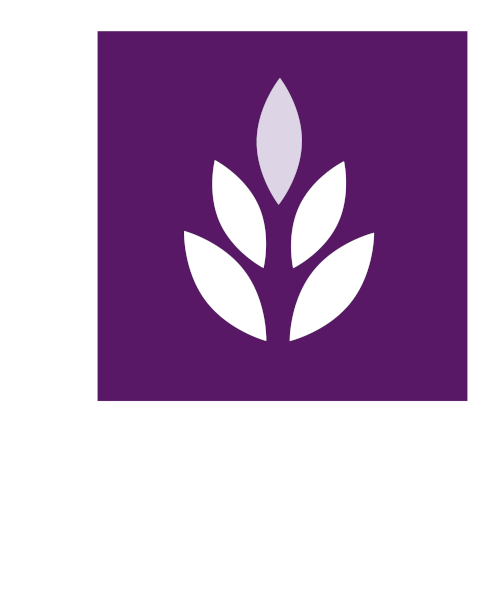- Home
- About
- Business Schools Ranking
- Selected schools
- study abroad
- Awards
- Contact

Study in Norway
Norway Statistics
Geography-Population
- Capital: Oslo
- Area: 385.252 km ²
- Climate: temperate; southern and western regions experience more precipitation and have milder winters; lowlands around Oslo have warmer summers but colder winters
- Population: 4,944,900 (est. 2011)
- Languages: Norwegian
Government-Economy
Government-Economy
Government Type: Unitary parliamentary democracy and constitutional monarchy National Holiday:May 17
GDP: $259.054 billion (est. 2010)
GDP – per capita (PPP): $ 52,964 (est. 2010)
Information for Foreign Students in Norway
Getting There Oslo Airport, Gardermoen is the biggest airport in the country and the main international hub, located 60 km north of Oslo. The airport is served by many major international and all domestic airlines.
Obtaining a Visa Norway is a member of the Schengen Agreement. For EU and EFTA (Iceland, Liechtenstein, Switzerland) citizens, an officially approved ID card (or a passport) is sufficient for entry. In no case will they need a visa for a stay of any length. Others will need a passport for entry.
Accommodation A single hotel room (always book ahead for weekdays) should cost you from around 800 kr and up (special offers are common and cheaper), but you can find reasonable cheap lodgings in camping huts (300-600 kr, space for entire family), mountain cabins (150-300 kr per person), youth hostels (150-250 kr per person), etc. Most of these will require you to make your own food, bring your own bedsheets, and wash before leaving. For longer stays consider renting an apartment, a house or a high quality cabin. Several agencies offer reservations on houses or cabins owned by farmers or other locals. This type of accommodation is frequently more interesting than a standard hotel.
Money
The currency of Norway is the Norwegian crown, abbreviated kr. ATMs in Norway are called Minibank. There is no problem locating an ATM machine in urban areas. At main airports and Oslo Central Station, you can withdraw euros, dollars, british pounds, swedish, danish and norwegian kroner. Nearly all stores, with the notable exception of grocery stores and the post office, accept major credit cards such as Mastercard and Visa (bring your passport/driver's license, as you are required to identify yourself when using a credit card).
Cost of Living
Norway is an expensive country. While it is possible to travel in Norway on a limited budget, some care must be taken. Because labour is costly, anything that can be seen as a 'service' will in general be more expensive than you expect. Travel costs can also be a killer, because the country is large and distances long, so a rail or air passes can save you a lot of money. As rules of thumb, subsisting on under 500 kr/day will be difficult even if you stay in hostels and self-cater, with 1000 kr/day allowing a more comfortable mid-range lifestyle and over 2000 kr/day needed for good hotels and restaurants.
Safety
Norway has a low crime rate. The most likely crimes for tourists to experience is car break-ins and bicycle theft. Pickpockets do also tend to be an increasing problem in urban areas in the summer season, but it's still nothing like in larger cities in Europe. It is always a good idea to look after your belongings, this includes never leaving valuable objects visual in your car and locking your bike safely.
Transportation
Norway is a big country and getting around, particularly up north, is expensive and time-consuming. The best way to see the Norwegian wilderness and countryside is by having access to your own vehicle. This way you can stop wherever you want, admire the view and venture onto smaller roads. Traveling by cab in Norway can be very expensive, and in most cities it's not necessary as bus, tram and train (or even walking) are easier. Taxies are generally safe as long as you choose a licensed taxi (with a white taxi sign on the roof).
Official Selection of the Best Business Schools in Norway
|
5 Palmes Of Excellence UNIVERSAL Business School |
Rank Position in
Palmes’ League |
Deans’ Recommendation
rate 2024 |
|---|---|---|
| 1 | 589 ‰ |
|
4 Palmes Of Excellence TOP Business School |
Rank Position in
Palmes’ League |
Deans’ Recommendation
rate 2024 |
|---|---|---|
| 1 | 368 ‰ |
|
1 Palme Of Excellence LOCAL Reference |
Rank Position in
Palmes’ League |
Deans’ Recommendation
rate 2024 |
|---|---|---|
| 1 | 84 ‰ |

Official Selection of the Best Business Schools in Norway
Learn the ranking results of the best masters in Norway here:
